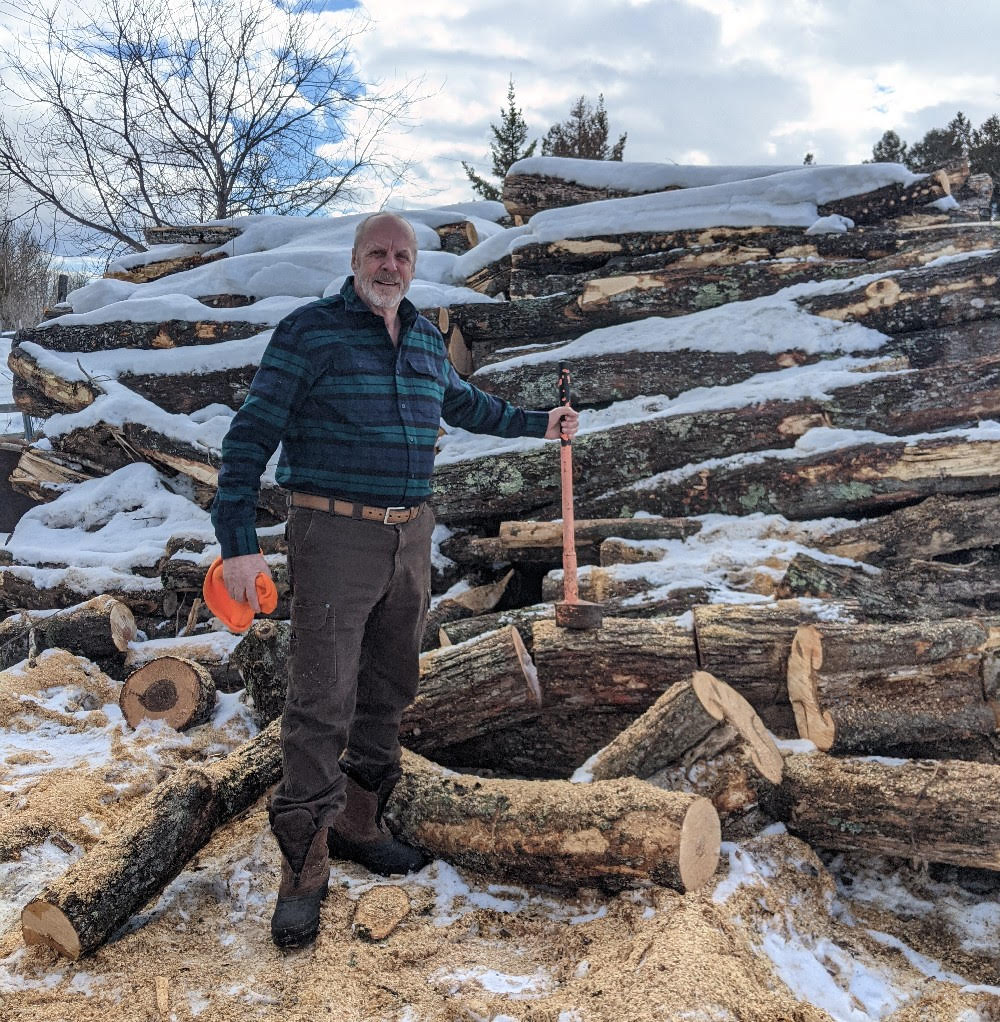PORT ONEIDA, Mich. (Michigan Back Roads) – Port Oneida is one of the most unique historic districts in all of Michigan. Located within the borders of the Sleeping Bear National Lakeshore, it is one of the least visited attractions in the entire area. Perhaps that is because it doesn’t appear on the Michigan map. Empire is shown, as is Pyramid Point, but not Port Oneida.
What’s the history of Port Oneida?
Port Oneida grew into a sizeable community in the late 1800’s as a result of the lumber industry and the work of Thomas Kelderhouse. Eventually the area included a dock on Lake Michigan, blacksmith shop, post office, general store, and a boarding house. When the trees were gone, the dock and mill were closed. By 1908, all the buildings of the original town site, except the Kelderhouse residence, had been abandoned. A number of small farms struggled for their existence. Most were no longer farmed after World War II.
MORE NEWS: Humane Society of Huron Valley Offering Free Pet Vaccines
When you enter the park, make a quick stop at the ranger station to pick up the Port Oneida booklet that has descriptions of the buildings and a simple map. You’ll need the map to find your way around the district.
What can I do in Port Oneida?
The trip to the Port Oneida Historic District can be enjoyed by car or bicycle. Note that some of these farms are on gravel roads. The tour meanders through the agricultural area of Pyramid Point and takes you to 10 – 15 farmsteads and the old Port Oneida schoolhouse. The Charles Olsen Farm is one of the first stops you will come to. The office for Preserve Historic Sleeping Bear is located at this farm and, if open, is a good source for additional information.
As you go from farm to farm you will also come across the Kelderhouse Cemetery and the farm next to it. The present house has also been used as a grocery store, telephone exchange and post office. Some of the barns are worth visiting like the Miller Barn. There is old machinery scattered around and some of the barns still have huge fieldstones as part of their foundations.
What else is there to see?
The Bay View Hiking Trail also runs through the district and offers a convenient way to see some of the more remote parts of the district. Most of the buildings are well preserved and visitors are encouraged to wander around. Some, like the Weaver Farm, are badly weathered and in poor condition. It is not unusual to spend a couple of hours here and only see one or two other people. You can really enjoy the quiet and isolation of these beautiful farmlands.

Leave a Comment
COMMENTS POLICY: We have no tolerance for messages of violence, racism, vulgarity, obscenity or other such discourteous behavior. Thank you for contributing to a respectful and useful online dialogue.